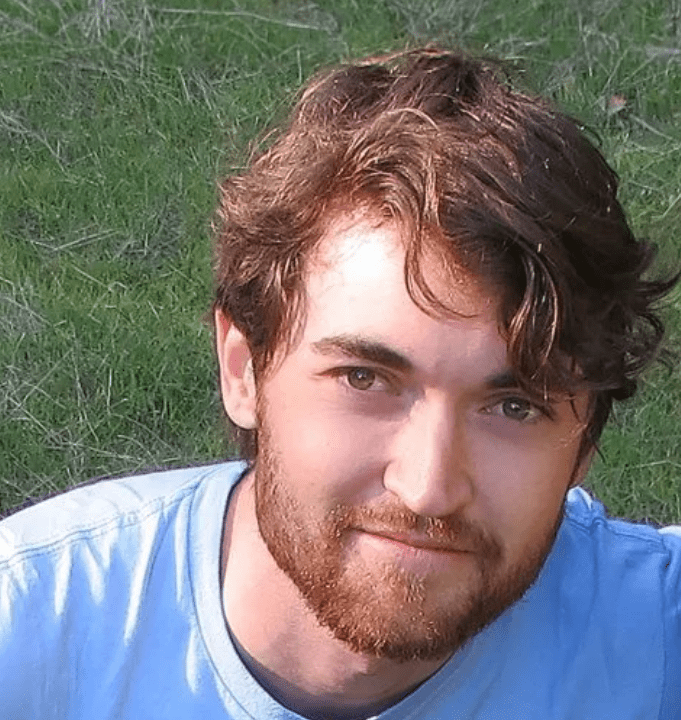In a world where cybersecurity is an ever-evolving battleground, scammers continue to find inventive ways to exploit vulnerabilities. A bizarre yet effective technique recently came to light when a scammer used a rubber mask to impersonate a crypto trader and gain access to their Kraken account. This story underscores the growing sophistication of fraudsters and the need for heightened vigilance in the crypto space.
The Incident
The scam unfolded when an unidentified fraudster managed to obtain critical account details, including the victim’s username and password. While this might sound like a standard phishing or hacking attempt, what followed was far from ordinary.
Kraken, a popular cryptocurrency exchange known for its robust security protocols, requires users to verify their identity for high-value transactions. This includes providing facial recognition via video. The scammer, however, bypassed this safeguard by wearing a highly realistic rubber mask resembling the victim.
Using the mask, they successfully passed Kraken’s facial recognition checks, gaining full access to the victim’s account. They proceeded to siphon off the funds, leaving the victim both stunned and financially devastated.
How Did It Happen?
This case highlights a dangerous loophole in biometric authentication. While facial recognition is generally reliable, it can be duped by lifelike masks or even sophisticated 3D printing technologies. The scammer exploited this vulnerability, combining stolen login credentials with the mask to execute their plan.
Cybersecurity experts speculate that the fraudster may have obtained the victim’s credentials through phishing emails or malware attacks. Social engineering could also have played a role, with the attacker piecing together enough personal information to convincingly impersonate the victim.
Lessons for the Crypto Community
The incident serves as a cautionary tale for cryptocurrency users and platforms alike. Here are the key takeaways:
- Multi-Factor Authentication (MFA):
While Kraken offers MFA, users must enable and prioritize it. MFA tools like Google Authenticator or hardware keys add an additional layer of security that masks or stolen passwords cannot bypass. - Advanced Biometrics:
Facial recognition systems should evolve to detect masks or other artificial facial coverings. Liveness detection, which analyzes subtle movements like blinking or facial texture, can help thwart such attacks. - Beware of Phishing Scams:
Protect your login credentials by avoiding suspicious links, emails, or messages. Regularly update your passwords and use a password manager for added security. - Monitor Account Activity:
Set up alerts for unusual account activity to detect unauthorized access early. Promptly report any anomalies to the exchange’s support team. - Know the Risks:
Cryptocurrency is a high-stakes industry, and its decentralized nature often makes fund recovery difficult after theft. Staying informed and proactive is crucial.
How Exchanges Can Respond
Kraken and other exchanges must continuously improve their security measures. Enhanced biometric checks, such as voice or fingerprint recognition, could complement facial recognition. Moreover, AI-based fraud detection systems could flag unusual behavior patterns, like access from unfamiliar devices or locations.
A Call to Action
As cryptocurrency adoption grows, so does the ingenuity of cybercriminals. This incident should be a wake-up call for all stakeholders in the crypto ecosystem. Both users and platforms must prioritize security to safeguard their assets and maintain trust in the industry.
The story of the rubber mask scammer is a reminder that while technology can empower, it can also be exploited. Vigilance, education, and innovation are our best defenses against an increasingly cunning enemy.




















